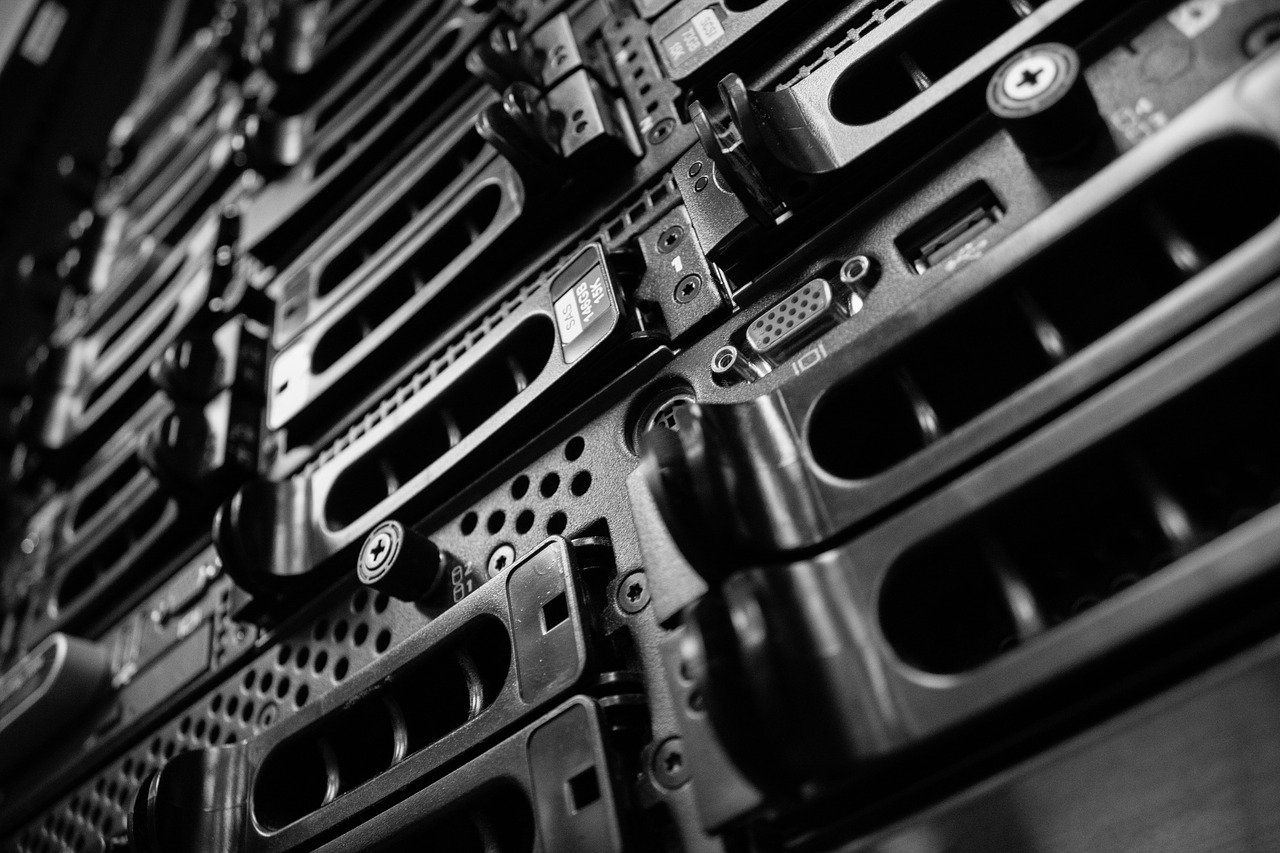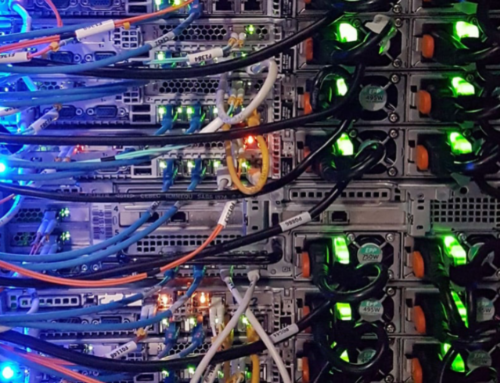The industry has been hunting for ways to tame the data center sector’s energy consumption, and the golden key has, at last, been discovered. Aruba S.p.A created the world’s first self-powered data center in early October 2017. Given that industry experts predict that data centers will eventually use more energy than they do today, this innovation is critical.
IT3, Aruba’s Milan-based data center, harnesses the power of river water, photovoltaic solar panels, and cooling underground water. The site of the facility certainly gave innovators a few breaks, with the River Brembo being its natural power generator. The current is created through water turbines and then stored and introduced into the national grid. The solar panels generate about 90 MW of power.
Cooling the Natural Way
A geothermal cooling strategy uses groundwater so that no extra energy is required. This, too, is thanks to the natural landscape IT3 was built on. The water maintains a temperature of 48 degrees F, even during the summer months. Data halls are chilled through heat exchangers; a process with no environmental impact.
The server racks of IT3 are also cooled using underground air. This is enhanced by double insulation and even the air from outside the center.
A water-rich site had its risks, of course, but Aruba’s designers have created an airtight strategy. The facility is raised above ground level, and a channel compensates for water depth.
Aruba has proved that a zero impact data center can be more than simply a fantasy. They’ve set an industry standard that could have important ripple effects in the industry — if architects and designers rise to the challenge.
LDP Associates has been creating data centers since 1991. We’re dedicated to implementing innovative designs to meet the meets of your business and the world around it.






